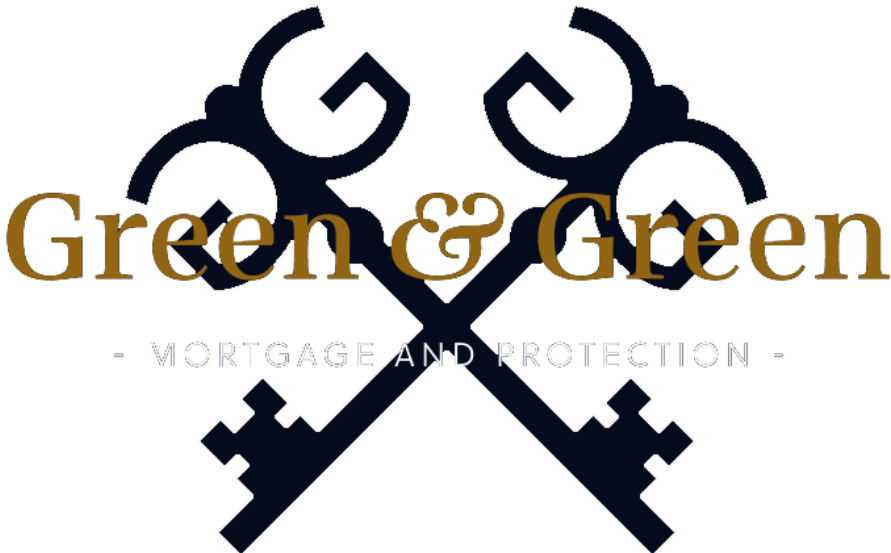Full buying process explained
Posted on 6th July 2022 at 10:56
Buying a house whether you’re a first-time buyer or a home mover can be a lengthy process. The length
of time your purchased can vary depending on several factors such as the length of the chain, how long
the local authority takes to return searches, the results of the searches and surveys and on and on.
Typically, the process takes around 12 weeks (it can be quicker, and it can take longer than this, but this
is an average), there are a lot of moving parts during the process and a lot of milestones too.
So, at Green & Green we like to sign post the entire process at the outset and keep our clients informed
at all stages of the process, so that they always know exactly what is going on and what to expect next
and when. We do this with regular updates with phone calls, emails and text messages at regular
milestones. So, what does the buying process like look? We explain in full detail here:
Speaking with an independent Mortgage Adviser
The first step is to find and speak with an independent adviser. Independent is always best as they have
access to a whole range or mortgage options as opposed as going to your bank who can only offer a
limited range of their own products. An independent adviser can find the best deal from the market that
best suits your needs, your current circumstance and preferences. Whether that be the lender who will
offer the lowest interest rate, lend you the most money or a scheme mortgage.
Establishing your borrowing capacity
Your income, committed outgoings, your deposit and your budget will determine how much you could
afford to borrow and to what purchase price you could stretch to. Your adviser can calculate all these
elements to help you determine your maximum or ideal purchase price that would fit your budget and
what your deposit would facilitate. Each lender assess and stretch income differently and all lenders offer
different interest rates and features. Your adviser can assess all of these to make a recommendation for
you to help you buy the home you wish.
Mortgage in principle
Once your budget and lending capacity has been calculated the next step is to secure preapproval from
that lender. Your broker will give the lender all of your information eg name, address, income and
outgoings. The lender will assess this and run a soft credit search and provide an instant decision. The
lender will provide you with a certificate to prove your acceptance at this stage which you can give to an
estate agent when you make your offer.
The best part – viewings
Now that you are armed with your mortgage in principle certificate you can view the properties you have
found.
Making an offer
Once you find the property you love its time to put your offer in. If the property is advertised via an estate
agent, you would make your offer to the agent either over the phone or via email. Your offer will then be
forwarded onto the seller for them to consider. This opens a negotiation in which you can go back and
forth with the seller until you reach an agreed price. Once you have an agreed price, call your mortgage
adviser to discuss the next steps.
Removing the property from the market
Now that you have agreed a purchase price, the agent will request proof of your buying position. This
would be proof of your deposit (this could be a savings or bank statement), your mortgage in principle
certificate and proof of ID (typically driving license and passport). Once the property is off the market, no
other potential buyers can see this property, so you do not risk losing out on this property to anyone else.
During this time your adviser can now move onto the next step of the process.
Researching the mortgage market
Now that you have secured your desired property, you know the purchase price, you know what your
plans would be for this particular property, your adviser can now find the perfect mortgage to fit this
purchase. If there has been an extended period of between securing your mortgage in principle and
finding your chosen property mortgage products may have changed. So, your adviser will review the
market and what options are available and make a recommendation from the options available today.
They will then make an up-to-date recommendation for you to consider.
Instructing a solicitor
As part of your purchase, you will need a solicitor to act on your behalf. At this stage you should search
for a solicitor to help you and formally instruct them to start working on your purchase. Once you have
chosen your solicitor, you should provide your mortgage adviser with their details so that they can add
their details to your mortgage application so that once your mortgage is approved, all the relevant
paperwork is sent to your solicitor so that they can take over from there.
Mortgage application
Your mortgage adviser will now submit the application for the option they have recommended. They will
add the details of the estate agent, your chosen solicitors’ details and provide the lender with all of your
information, information of the property you are buying and the requested documentation to support your
application. Once the lender has received this they will review all the information and documents
provided to make a final decision.
Property valuation
As part of the application process lenders want to ensure the property you are buying is worth what you
are paying for it. Depending on how much data is available on your chosen property they will attempt a
desktop valuation rather than coming out to view the property. If there isn't enough data or the property is
fairly unique they will want to physically see the property and value it that way.
Legal searches
Your solicitor will request searches from the local authority. This is where the local authority sends over
all the documents, they have on the property you are buying. These documents will show all the rights of
way, restrictions and local landmarks that should be noted. Your solicitor will review these to ensure that
you can live in this property restriction.
Enquiries
Upon receipt of the searches and draft contracts from the seller, your solicitor will raise any queries they
have. This could be for items of furniture being left, the conditions of the sale and any concerns raised by
yourself or from the searches.
Exchange of contracts
After all searches have been returned, queries answered and all parties ready to finalise the purchase
you will exchange contracts with the seller. At this point you are legally bound to follow through with the
purchase.
Completion
With contracts exchanged and all parties bound to complete a completion date can be set. The date of
completion is the date that money and legal ownership of the property or properties in the chain change
hands. The completion date is often the date you will pick up your keys either from the seller or the
estate agent selling the property.
Move in
Now that you are the legal owner of your new property and have the keys in your hand you can move
into your new home!
By laying out this process from the very beginning when you sit down with us to handle your mortgage
needs you can map out the process and with our regular updates you can confidently tick these off so at
all times you know where you are in the process and how far is left to go.
For more information and support contact us on:
01482 205084
info@greenandgreen.net
Tagged as: buyahouse, buying, first time, first time buyer, home, homebuyer, howtobuyahouse, mortgage, mortgage application, mortgageprocess, newhome, process
Share this post:





